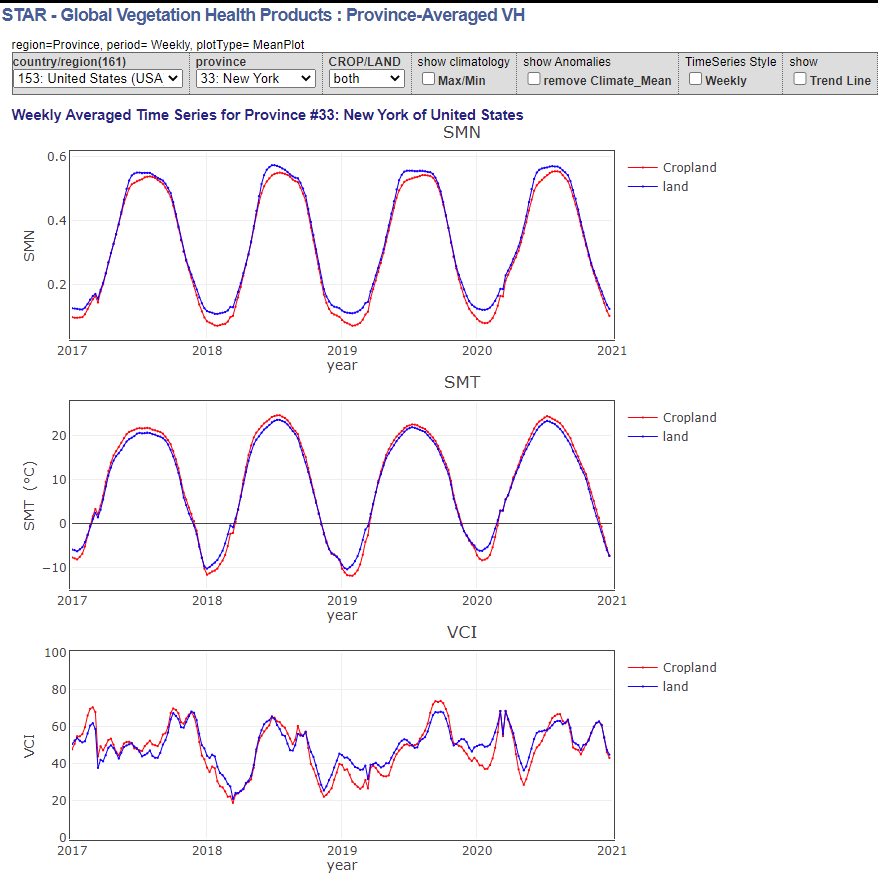 The Great Lakes Aquatic Nonindigenous Species Information System (GLANSIS) is
The Great Lakes Aquatic Nonindigenous Species Information System (GLANSIS) is
designed to to be a “one-stop shop” for information about non-native species in the Great Lakes. GLANSIS hosts regional data about identification, ecology, distribution, environmental and socioeconomic impacts, management, and control of nonindigenous species throughout the Great Lakes basin, along with bibliographic material, risk assessments, and other resources.
If you click on Map Explorer you can make the map here which shows the distribution of Bythotrephes longimanus (Spiny Waterflea – orange) and Echinogammarus ischnus (scud – blue). One nice thing about the Map Explorer is you can easily download a csv file of the data which includes lat long coordinates (use it in your favorite GIS software). There are also dates so the data can be used as a time series. Using the GLANSIS Map Explorer by El Lower, Austin Bartos, and Rochelle Stuttevant (8/11/2021) provides an nice intro to the site.
